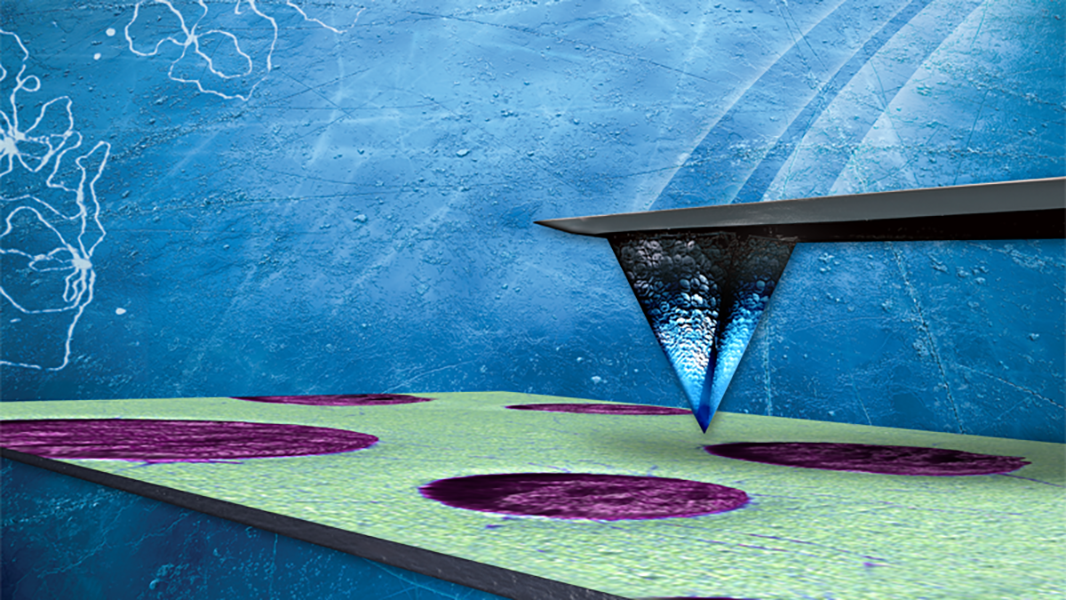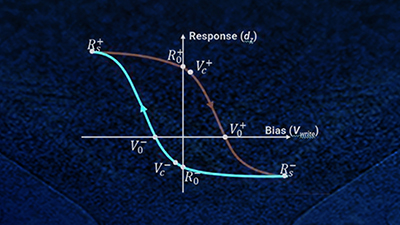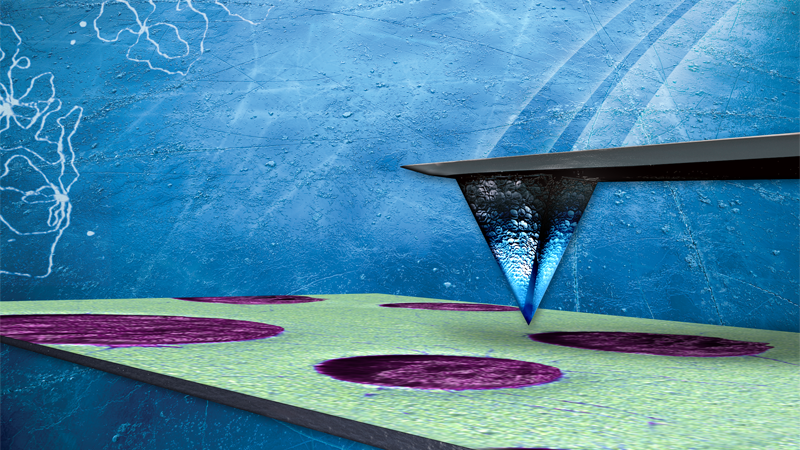

AFM Imaging and Beyond: A Practical Guide to AFM Modes for Materials Research
Characterize much more than just nanoscale topographic features.
In this webinar, Bruker AFM experts showcase the growing suite of AFM operational modes for nanoelectrical, nanomechanical, and nanochemical property measurement, with special attention paid to the modes most frequently used in leading-edge research and the combined use of multiple AFM modes.
The presentation includes case studies in polymer, battery, semiconductor, and 2D materials research.
Webinar Summary
Experts present 22 case studies highlighting the diverse range of AFM modes employed in various critical applications within materials research and industry. Watch the on-demand recording or download the webinar recap to find out more.
It can be difficult to know what is possible using the hundreds of available (mode + probe) combinations that Bruker offers.
In this highly-anticipated webinar, Bruker AFM experts reviewed modes ranging from the foundational to the specialized. They presented case studies for different application spaces: polymers, semiconductors, battery technology, and 2D materials.
At the hub of the AFM modes “wheel” – as Application Manager Ian Armstrong calls it – are the topographical modes. Topographical modes include standard contact and tapping, as well as Bruker’s exclusive PeakForce Tapping®. Extending beyond topographical imaging are the spokes of the wheel, the derivative modes. There are lots of specific derivative modes, but they fall generally into the categories of: electrical, mechanical, thermal, electro-chemical, chemical, and fabrication. As a bonus, all these modes can be performed in a variety of environmental conditions: in a glove box, heated or cooled, with controlled humidity, or in a controlled atmosphere.
See Data Obtained with Different AFM Modes
Supplementing this categorized list of modes, our webinar hosts gave around 20 specific examples of modes used and data obtained for very different applications. Watch the webinar to see them all, but perhaps the most entertaining was the use of fabrication modes to make a tiny holiday greeting card!
If you would like more information after watching the webinar, you can browse our AFM modes, or find probes to match your application.


